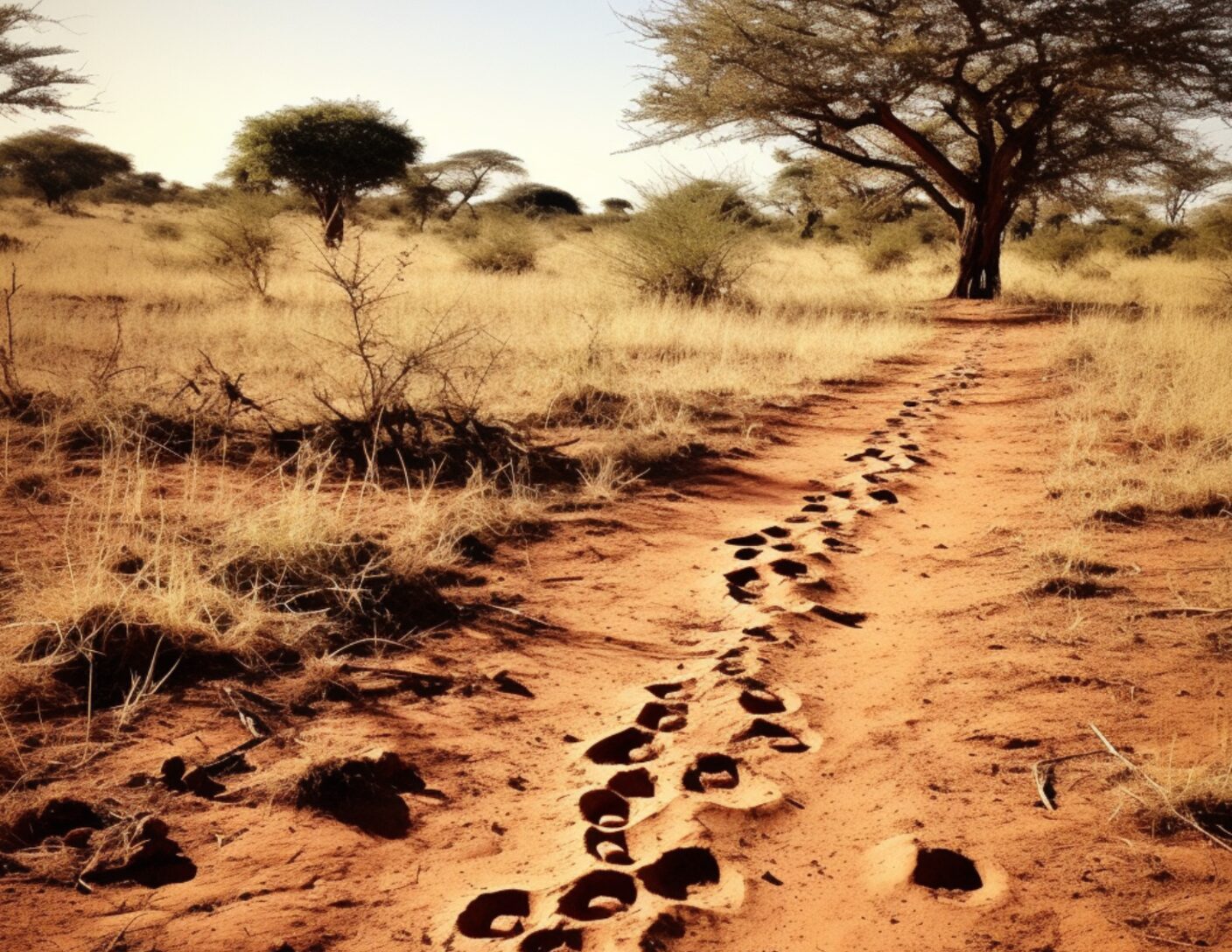The idea of 10,000 steps has been a common thread of health knowledge that most of us are familiar with. Be it from an app or fitness content of sorts, the idea of a 10,000 step walking goal is universally regarded as the gold standard for daily movement. Despite the ease of taking this information as sacrosanct, my senses are especially piqued when I come across seemingly convenient numbers. Mostly though, I have defaulted skepticism to health advice especially when paired with objective numbers. My mind instantly questions the origin and arrival of concepts such as the 10,000 hour mastery rule, why agriculture appeared 10,000 years ago, social distancing spacing recommendations, and now the 10,000 steps rule. Here we seek higher ground in understanding why or why not take the next step…followed by 9,999.
WHERE DID 10,000 STEPS ORIGINATE?
A quick dive into the genesis of the 10,000 step recommendation reveals its debut of common parlance in Japanese walking clubs of 40 years ago and in tandem with a pedometer brand marketing campaign (the OG Fitbit)…but who knows if the snake or egg came first. My next step (pun intended) was understanding what an average daily step count is considering my lack of daily distance metering. Dutifully, I download the Apple Health app to put data to action. Interestingly, I find that this surreptitious application has been keeping tabs on me since powering on this phone independent of my erasing it years ago. Without any bias of focus, the data provided a compelling trail or rather lack of trail as my history of daily steps appear paltry at best. Needless to say my data would not make any Japanese walking master proud.
WHAT IS 10,000 STEPS & WHY?
10,000 steps represents roughly 4-5 miles of walked distance and is an approximation as gender, gait, elevation (incline & decline), and height can affect total span. And thinking through the timing it takes to complete, it became increasingly clear the level of commitment hitting this daily goal would be. As corollary, there are numerous inherent benefits this level of daily movement accrues: I.E. increased fat burn, metabolic efficiency, insulin sensitivity and many more. Movement should be prioritized every day and auditing one self to understand baseline provides a reality check even for those who attest to being active.
Diving deeper into Apple’s unauthorized step tracking, the health application metrics me at an average of 4,000 steps a day, which is far below the Japanese daily recommendation. Much to my chagrin as a self identified and advertised health aficionado, I’m bought to realization that outside my various modalities of activity, I lead a somewhat sedentary life of office occupation interspersed with weekly runs and the worn carpet of my house trails
Back to applications, LCC’s penchant for tracking practical fitness and juxtaposing upon a background of ancient lifestyle health, the potential importance of this daily activity metric is likely larger than initially assessed. Considering the connection of daily & sustained ancestral movement and the presupposition of importance to our health today, the question remains if this daily practice is a reasonable investment? As this activity would likely require clocking in 1.5-2 hours per day, and most of us find limitations in hours that can be devoted to exercise modalities. If one had to choose walking over a weight session or sport practice, would this be a wise ROI?
UNDERSTANDING WHAT 10,000 STEPS IS, AND ASSIGNING A TIME INVESTMENT: IS THIS THE BEST PATH FORWARD?
Fitness is always dependent on specified needs and destinations. But for those who don’t feel the appeal to gyms, lifting weights, or sport, this could indeed be a very back to basic and low entry price modality. Though time investment is high and without a community or factoring in dopamine addicting results (skill acquisition, winning, muscle growth, and general performance gains), I suspect adherence could ultimately be the downfall of this prescribed plan. My overall path forward when posed with a choice is often choosing both (I dislike one or the other options). Considering this luxury of decision making, scheduling in a daily walk in addition to my standard modality calls to being the right answer. Considering the mind and body benefits of adding an hour of daily walking (caloric burn, sun exposure, meditation, and healing of increased circulation and posture), I’m convinced that this primal primer is a non-negotiable.
Left Coast Caveman is steadfastly aligned with ancient living patterns of Homo Sapien. And it’s undoubtable that hunting and gathering absolutely required a largely ambulatory life interspersed with far less time spent seated (a driving force behind today’s health crisis). As a core tenant of LCC, we synthesize aspects of ancestral living upon the background of our contemporary environment. We should all strive to move more. There is always time for movement and perhaps your life depends on it.
Lace up, and walk out.














